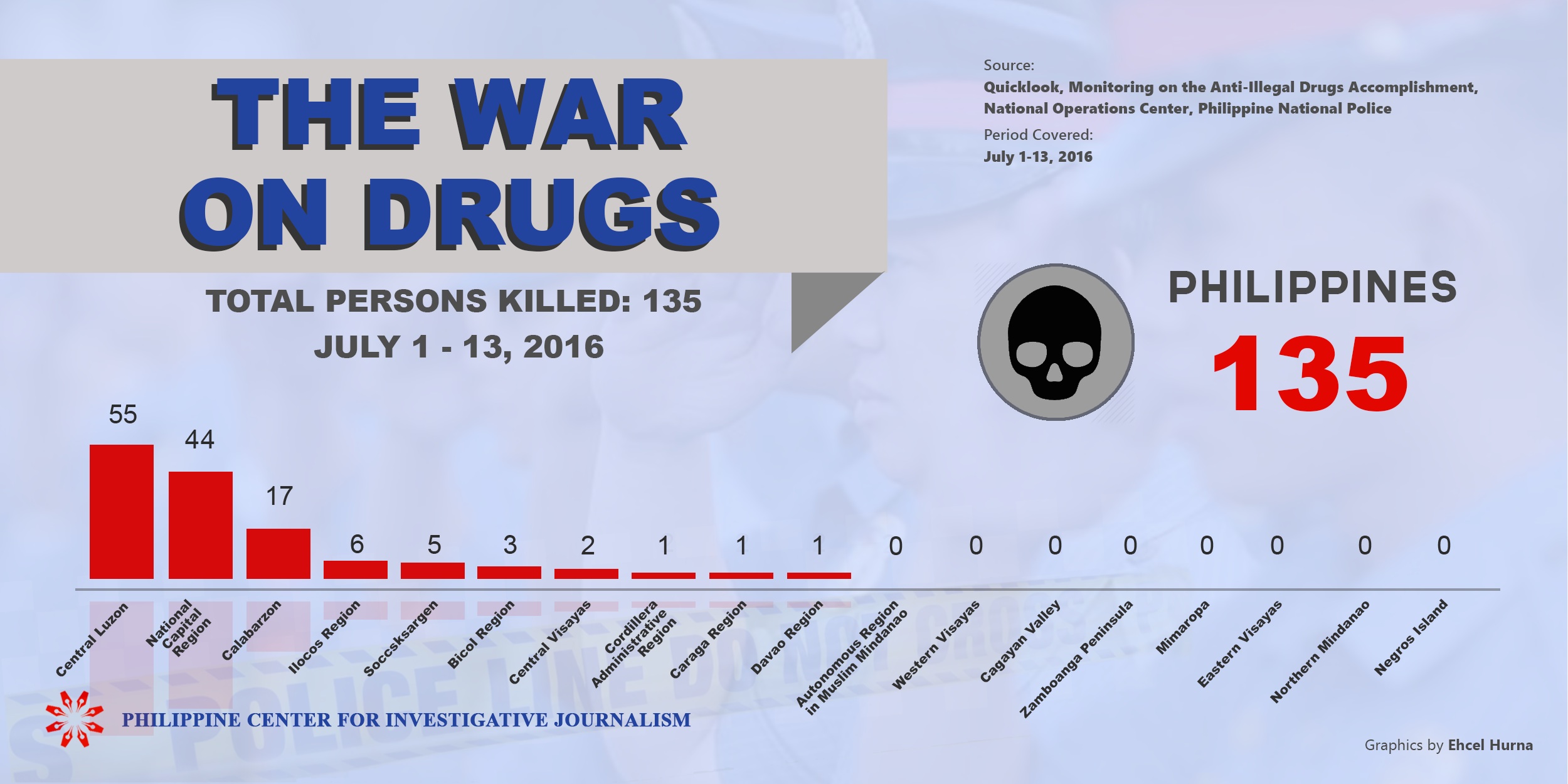An assessment of Year one of the Aquino Administration
This is a press statement of Makati Business Club on June 30, 2011.
In order to make an objective assessment of the Aquino administration’s first year in office, we must begin with an appreciation of where we started off a year ago. Many of the urgent tasks that the new government had to immediately address had to do with repairing the damage and unraveling the entrenched anomalous systems that the highly corrupt Arroyo administration had left behind.
Year One was appropriately a year for laying the foundations for good governance and setting our fiscal house in order to ensure that future gains would be sustainable and on solid footing. An indispensable element of setting the reform agenda in motion was the appointment of honest
and competent men and women in the various government agencies, and on this point we must commend the President for putting together a Cabinet team that has consistently demonstrated a sincere and determined commitment to push this agenda forward.
In addition to getting the right people in place, there was a need to clean the ranks of the bureaucracy of those who stood in the way of reform. The resignation of former Ombudsman Merceditas Gutierrez, spurred by her impeachment in the House of Representatives led by the President’s allies, paves the way for a more resolute pursuit of the fight against corruption.
We now urge the President to appoint an Ombudsman with unquestioned integrity, an exceptional legal record, and the fortitude to spearhead the administration’s cornerstone anti-corruption campaign.
Still in the area of governance, the Aquino government must also be lauded for the signing of the GOCC Governance Act of 2011 (RA 10149), which finally put an end to the highly anomalous set-ups in government-owned and -controlled corporations that the previous administration had exploited for the benefit of its cronies. We also welcome the decision to review contracts forinfrastructure projects inherited from the Arroyo administration that have been found to be overpriced or deficient.
On the economic side, we note the giant strides that have been made by our economic managers in improving our fiscal situation. The government posted a fiscal surplus of P61 million in the first four months of 2011, a stark improvement from the P131.8 billion deficit in the same period in 2010. Other macroeconomic indicators are also encouraging. Gross international reserves rose to $68.8 billion (equivalent to 10.6 months’ worth of imports) as of end-May, from $48.7 billion (8.4 months of imports) in end-June 2010. The country’s balance of payments surplus expanded 174% to $3.5 billion in the first quarter of 2011 from $1.3 billion in the first quarter of 2010. Approved investments rose 76% to P162 billion in the first quarter of 2011 from P92 billion a year ago, and what is even more striking is that P140 billion of that amount was accounted for by Filipino investors, rising 211% from P45 billion in the first quarter of 2010. The improvement in net foreign portfolio investments was just as remarkable, climbing 208% to $2.2 billion in January to the first two weeks of June from just $699 million a year ago.
The agriculture sector reported a strong 4.2% growth performance in the first quarter of 2011, bouncing back from a 1.8% slump in the first quarter of 2010. The average unemployment rate dropped to 7.3% in the first two quarters of 2011 from 7.6% in the same period in 2010, although we note that the average underemployment rate increased to 19.4% from 18.6%.
We see that the Aquino administration’s fiscal reforms and implementation of policies that promote macroeconomic stability have inspired the confidence of the international investment community. The highly successful issuances of long-term peso-denominated global bonds and
the bond swap whereby nearly P200 billion of the country’s old debts were exchanged for new 10- and 25-year bonds were unprecedented and indicative of foreign investors’ optimism in the country’s long-term economic prospects. Moreover, the lengthening of our debt profile makes it possible for the government to channel more of its limited resources for infrastructure projects, poverty-alleviating social services, and meeting the Philippines’ Millennium Development Goals targets. More recently, the latest upgrades conferred on our credit and sovereign ratings by Fitch Ratings and Moody’s Investors Service are further affirmation that the government is on the right track with its fiscal consolidation efforts and maintenance of macroeconomic stability. These are all important and undeniable gains that should not be disregard or belittled, and the Makati Business Club believes the Aquino administration deserves credit for these.
However, if Year One was a period for laying the foundations for sustained and inclusive\ growth, we expect the Aquino administration to take this to the next level of effective implementation in Year Two. With the crafting of the comprehensive Philippine Development Plan for 2011-2016, the direction has been set. This is the time for the communication of the vision and, more importantly, execution. The government’s PPP program must now be vigorously pursued. The NAIA 3 dispute must be finally settled. The Freedom of Information Bill must be passed.
These are just some of the critical yardsticks by which the Aquino government’s performance will be measured in Year Two and onwards. Ultimately, it is what comes to pass in the future that will determine the true worth of the underpinnings of reforms laid in the first year of the Aquino administration.


